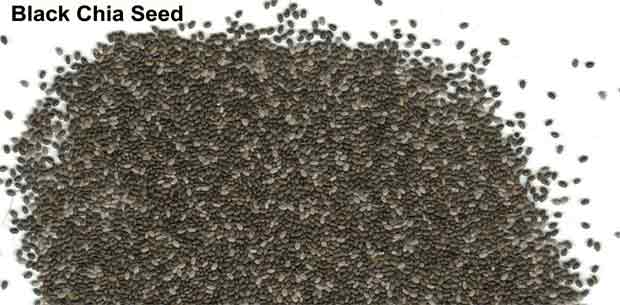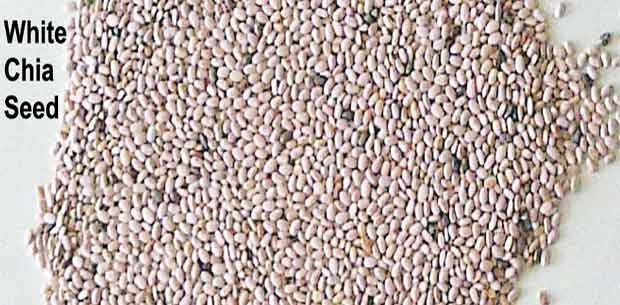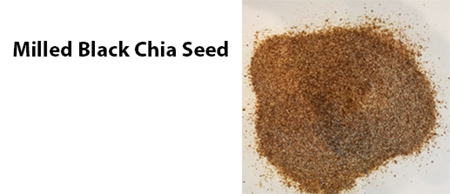Seed yield, oil content and fatty acid composition of three botanical sources of Ω-3 fatty acid planted in the Yungas ecosystem of tropical Argentina
Studies have shown that the fatty acid composition of oils consumed can affect the risk of cardiovascular heart disease, and many consumers are therefore looking for sources of Ω-3 fatty acids. Three herbs of the family Lamiaceae, chia (Salvia hispanica L.), golden chia (Salvia columbariae Benth.) and winter savory (Satureja montana L.), all of which produce seeds rich in Ω-3 fatty acid, were planted in northwestern Argentina to determine their production potential in terms of seed yield, oil content and fatty acid composition. Chia seed had the highest oil content (29.9%), followed by golden chia (21.0%) and winter savory (8.0%). All three crops exhibited similar fatty acid profiles, with Ω-linolenic Ω-3 fatty acid being the largest component. Golden chia had the highest Ω-linolenic fatty acid content: 17% and 11% more than chia and winter savory, respectively. Golden chia’s shattering, however, is a major disadvantage for commercial production, making this the least attractive crop of the three. Copyright © 2008 John Wiley & Sons, Ltd







